Q&A Gabriele Adomaityte – Amsterdam, April 2020
Q: Can you tell me about your background?
A: I was born and raised in Kaunas, Lithuania. My hometown is famous for its impressive and extensive modernist architecture which was built during The Interwar Period, between 1919 and 1939 when Kaunas became the temporary capital of the restored Lithuanian state. It was sometimes referred to as “Little Paris” after the avant-gardist French Art Déco and even “Little Boston,” after American Art Deco. This environment definitely informed my earliest aesthetic interests.
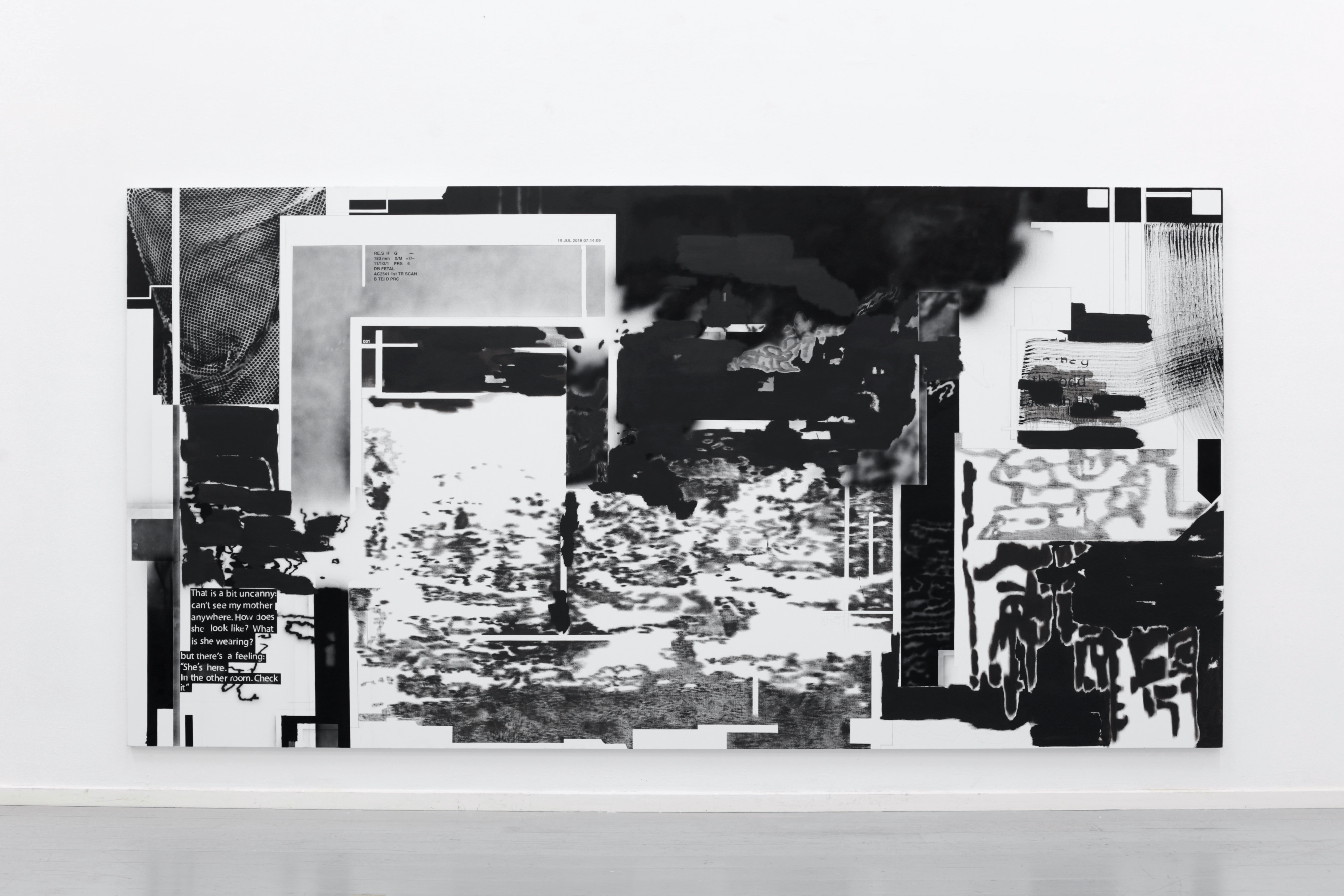
I attended Kaunas High School of Art where they offered extra art history and art classes in addition to the regular subjects. After that I studied within the Painting department at Vilnius Academy of Art, switching to Sculpture after two years. During this time, I attended Gerrit Rietveld Academie in Amsterdam on an exchange semester. After graduating in 2017, I began a two year residency at De Ateliers in Amsterdam where I have remained living since finishing there in 2019.
Q: What was the first artwork you made?
A: The first work I can remember making was a photograph of a lightbulb hanging out of a wall on a long wire, taken in 2007. I rotated the image, so that the lightbulb defied gravity. This photograph was then exhibited in a group show in Mielno, Poland. Analogue photography was the medium I was first attracted to working with, with drawing coming in close second. To this day, the combination of photography and drawing remains the main core of my practice.
Q: What is more important to you: The Process. The final visual outcome. The material? Or something else?
A: I don’t like to think about my process of working as having a hierarchy because each step is equally important to me. The final work is often the first thing I think about in fact, I visualise an imaginary outcome on a blank canvas, eventually arriving at it through painterly actions. I approach painting as a form of documentary so the research process, consisting of the analysis of stories and records is as significant as the end result.
As well as painting, I am simultaneously writing, reading, archiving, working with digital image-making programs, drawing on a digital drawing tablet, taking pictures and so on. It is this chain of actions and the micro-achievements in these different mediums that result in a finished work. Despite precise preparation and having had a prior idea of the outcome, I still consider my painting practice process-based – I am not strict about following any rules while painting. If accidents happen, I embrace them as it’s more likely that they enrich the visual vocabulary rather than intervene. I like that through layering, time and growth is evident – if you wipe some layers off, you find past actions, like in a cross-section of geological time.
Q: The world and speed of Social media. Living as an artist within this arena.. How do you see yourself, And how does affect your work, way of living .. Or does it ?
A: Personally, I keep a healthy distance from social media. I have deleted all of my accounts a few times in my life for periods of 1 to 2 years. It feels like a small sacrifice compared to how much attention I can give to real life and my productivity. There are so many decisions to make once you are back on social media, and I frequently feel that decision fatigue. There is such an overwhelmingly enormous amount of data that is simply impossible to comprehend. Social media raises so many questions for me, I have no doubt that we are all profoundly affected by it. I do not want to lose my private life, but as an artist it is also a space where my work gains visibility.
I can’t help but also look at it from an economical perspective where everybody’s time spent clicking and watching becomes real currency, where every individual or brand’s posts constitutes both their private and public identities. The performative act of capturing and posting photos generates the need for reaction and validation which happens through other people. It creates a lot of problems, particularly the deterioration of the quality of communication between people. Social media shapes the way the art world operates as well. It feels like the changes are happening very fast now. Due to an increasing focus on online viewing rooms, we perceive artworks differently and documentation has become as important as the work itself.
Q: I read this quote online.. would love to hear more about your ideas in this sense.. “In times of Instagram and informational overload, I feel the need to clarify the complexity and diversity of imagery today. The visual world is so full of everything, so unstable and unpredictable. My paintings should reflect that condition.”
A: My work responds to the informational and visual overload and circulation of imagery, especially in cyberspace. Through painting I take it to a much slower, analogue realm to magnify and clarify the details that we so often miss in the mass of digital consumption. The condition I mentioned in the quote is the shift in perception of images as they become a pure sign-exchange. An image works merely as a communication unit and it is very distinct to verbal interpretation.
This is so apparent in advertising, brands are constantly adapting to the changing world, to stay desirable. Images become more desirable than the products themselves. Trend forecasting platforms predict what is the next wave in the visual field, what people will be interested in the near future as well as which colours will dominate. All this is informed by political scenarios and movements, technological advancements and so on.
I am interested in creating a complex representation of reality which is itself an unsolvable puzzle. I do not believe in originality or a singular narrative. Through collaging digital and physical matter together, I am emphasising the culture of snippets, clicks, bits, glitches, screenshots, numbers of opened windows, various screens, perception of scale and matter and it’s contradictions.
Q: What influences you?
A: I am influenced by material human collections of knowledge and public/private archives around the world. Archives and the loss of their materiality has been a huge interest of mine for years. The source material I consistently have around me includes medical imagery, scientific diagrams and nano photography, maps, scanography, xerox, encyclopaedias.
Q: Some people have the opinion that all contemporary art looks the same these days… Care to comment?
A: If there are any visual tendencies, it is likely to be triggered by something outside of contemporary art. Instead of these generalisations, I find it more interesting to think about how artists are affected by politics, economy, technological advancement, mass production, capitalism, overconsumption, climate change and so on.
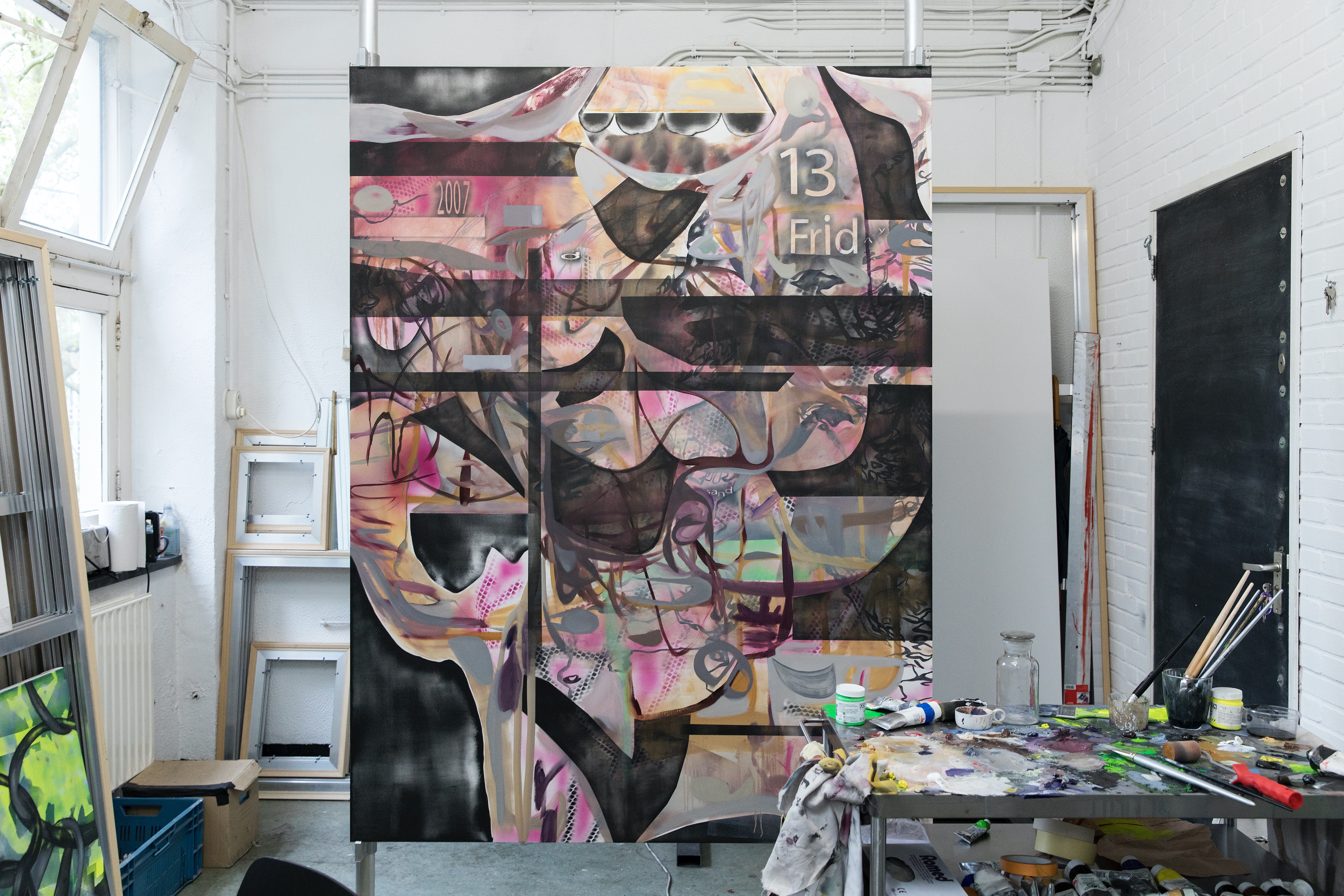
Q: Can you let us in on some of the future projects, works?
A: In the winter I spent two months on a research residency at Rupert in Vilnius, Lithuania. I collected material about an amateur archivist who documents the remains of the Soviet period in Lithuania, mostly through the lens of transport vehicles and analogue devices. My semi-anthropological notes about his archive and my experience from a visit to the museum in his house, where he has frozen time in 1982 has informed my upcoming series of works.
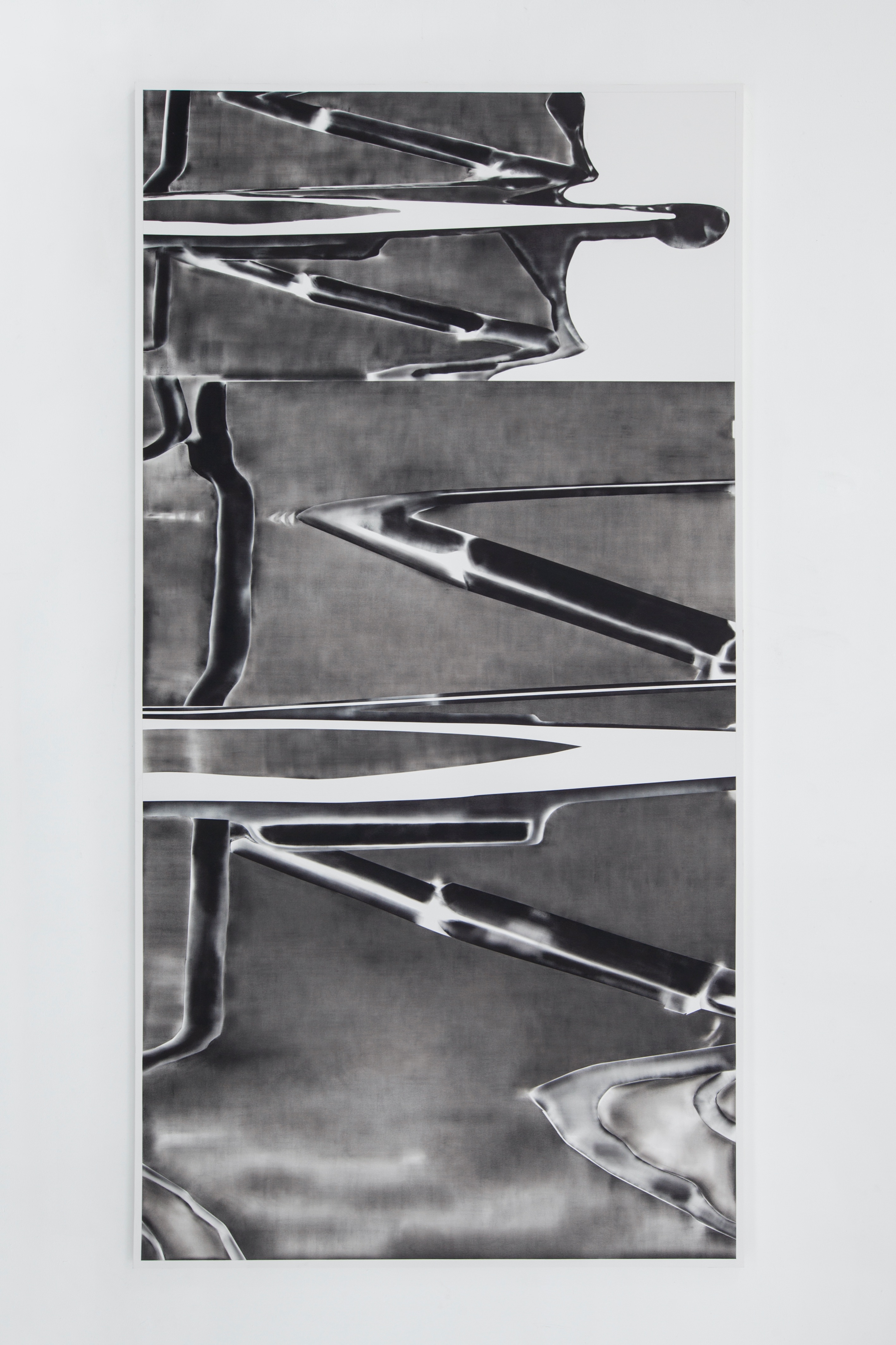

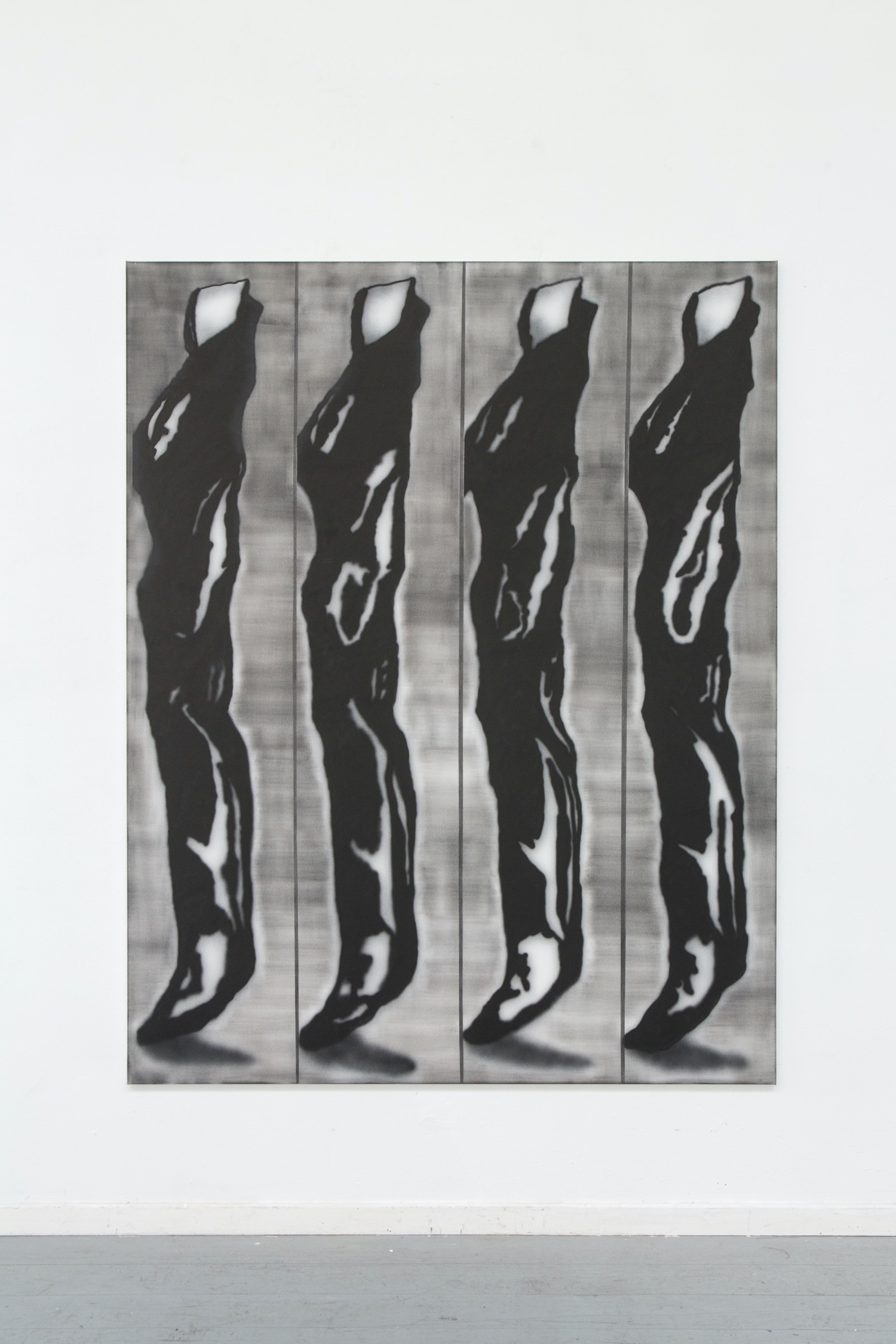
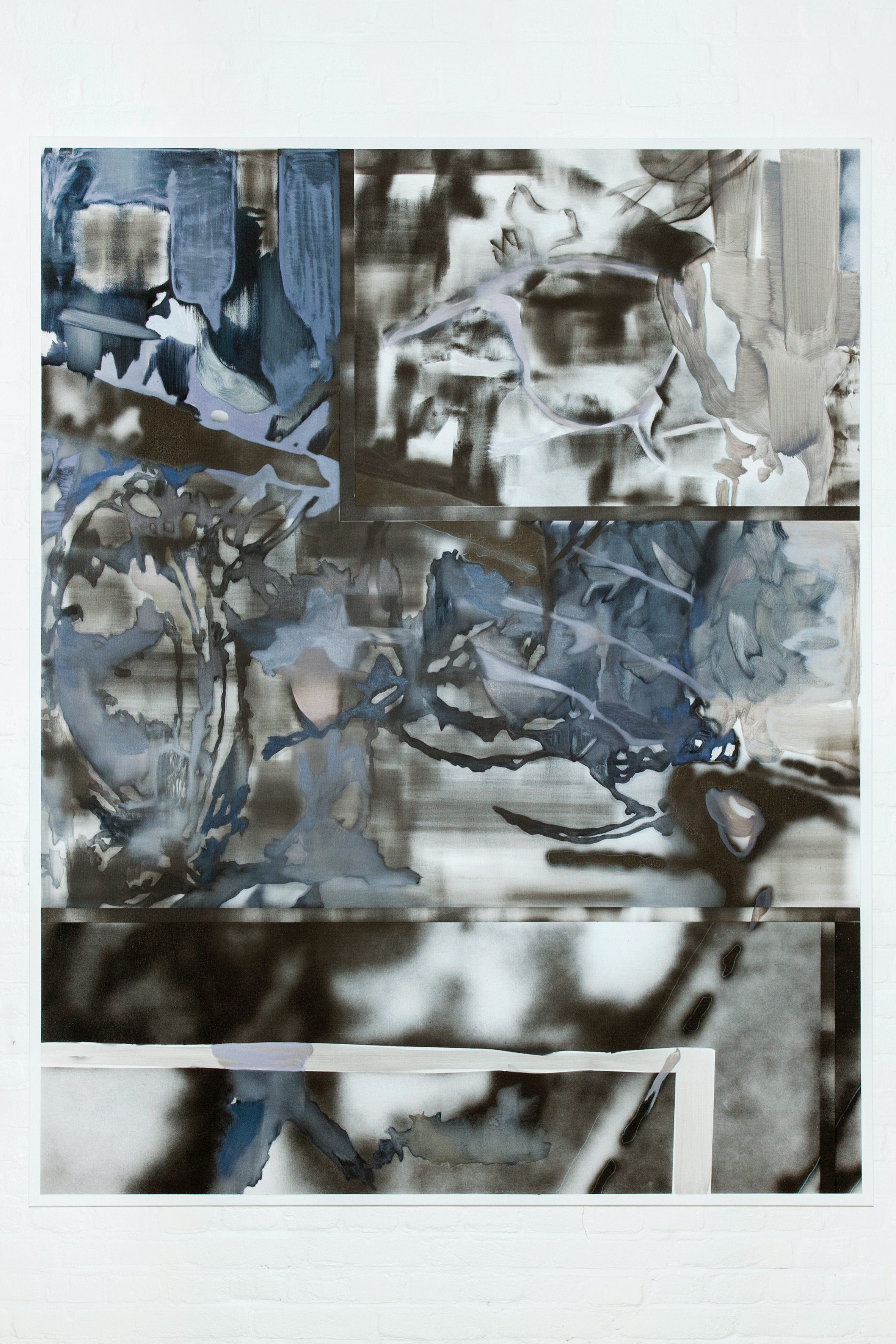
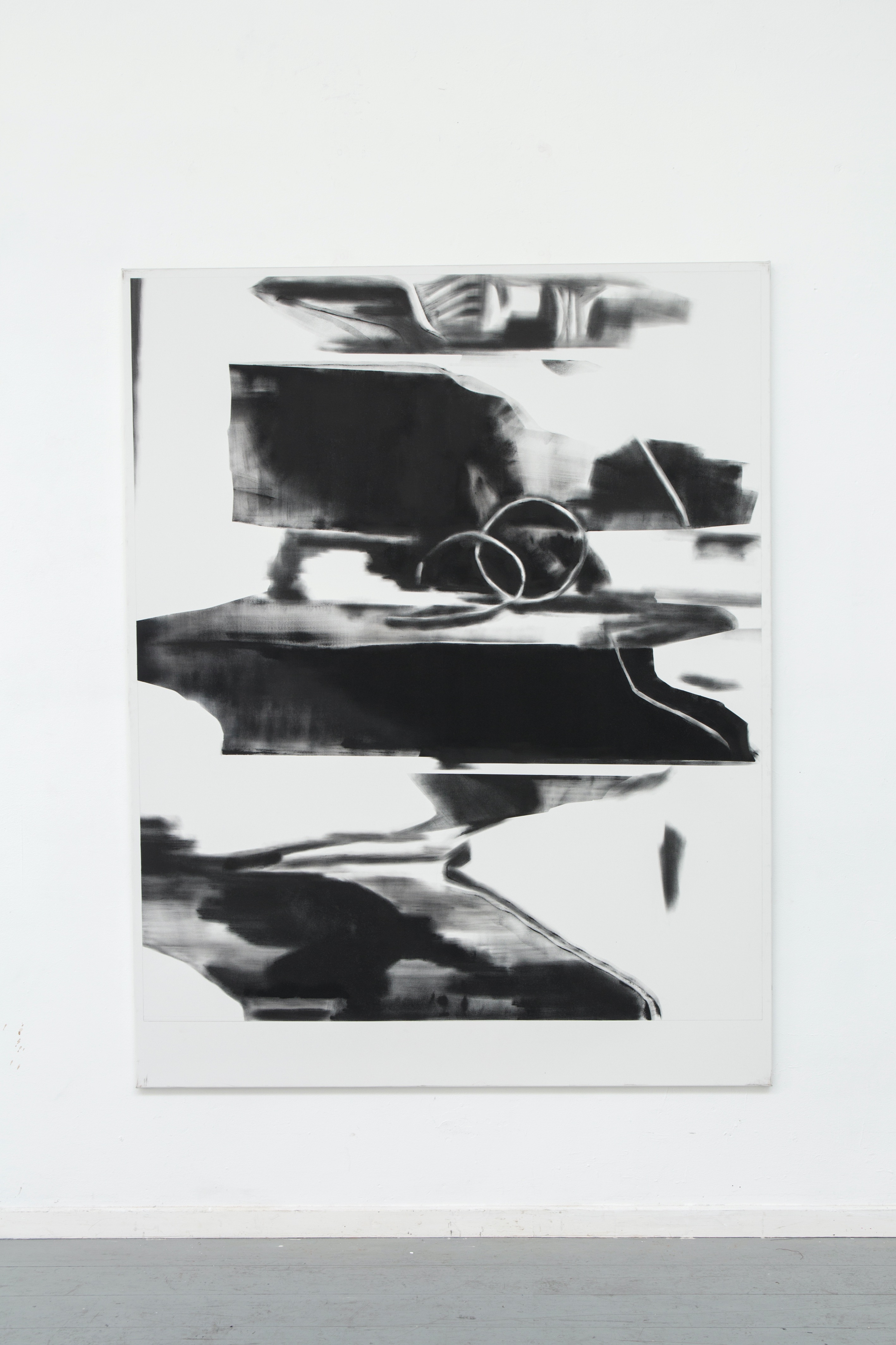

Photo Credit : Franz Mueller Schmidt

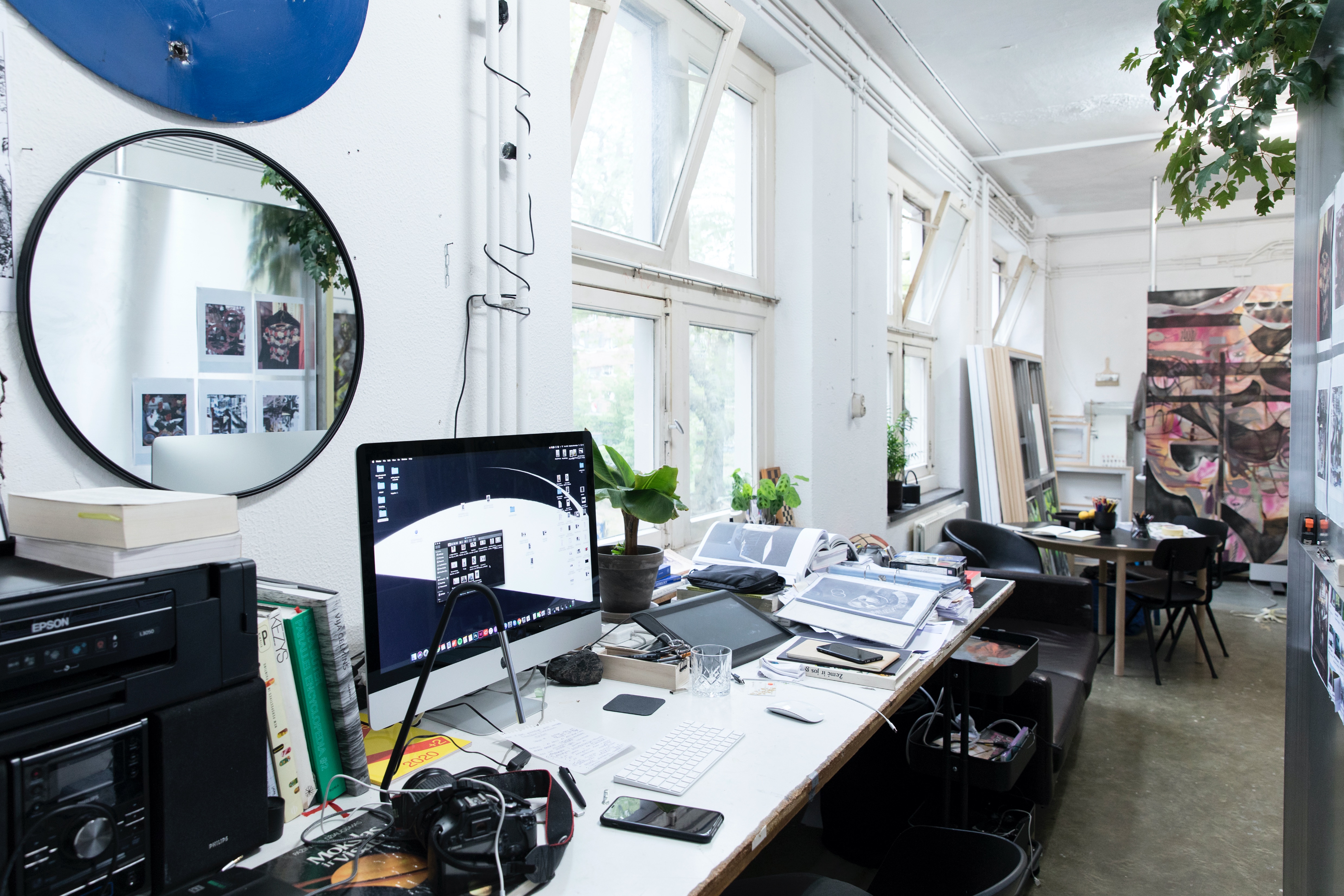


Pingback: Gabrielė Adomaitytė On SundayS - Sunday-S Gallery